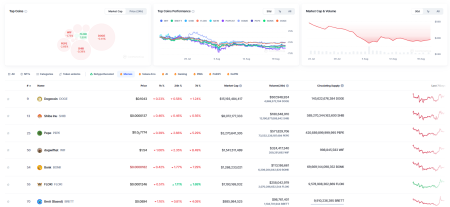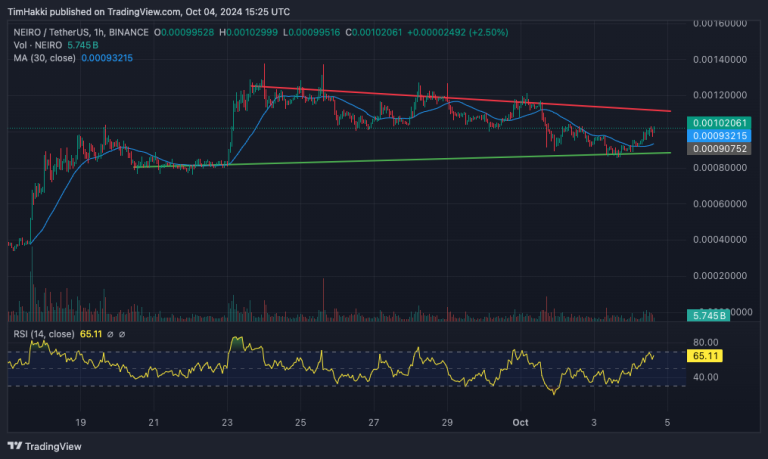Last updated:
 Why Trust Cryptonews
Why Trust Cryptonews
Ad Disclosure
We believe in full transparency with our readers. Some of our content includes affiliate links, and we may earn a commission through these partnerships. Read more

The Frax community has approved a proposal to use BlackRock’s USD Institutional Digital Liquidity Fund (BUIDL) as collateral for its upcoming frxUSD stablecoin.
The proposal, known as FIP-418, passed unanimously after six days of voting, the team said in an official press release.
According to the approved proposal, the tokenized BUIDL fund will not only back the frxUSD stablecoin but also offer potential yield-bearing opportunities for its holders.
The collaboration with BlackRock, which manages over $10.4 trillion in assets, also minimizes counterparty risk by collateralizing the stablecoin with a highly reputable and stable fund.
Collaboration with BlackRock to Create a Stable and Transparent frxUSD Backing
Frax Finance founder Sam Kazemian praised the decision, noted that the stability of BlackRock’s prime treasury offerings, combined with the blockchain transparency, would create a powerful and trustworthy foundation for the frxUSD stablecoin.
“This collaboration is a significant step toward bridging traditional finance with decentralized systems,” Kazemian said in a statement.
The decision to back frxUSD with BUIDL aligns with the growing trend of creating yield-bearing stablecoins, which offer holders financial rewards in addition to stability.
The move also follows a similar initiative by Securitize, the brokerage firm for BUIDL, which proposed backing frxUSD with BUIDL on December 22, 2024.
The frxUSD stablecoin will be pegged 1:1 to the U.S. dollar and collateralized by U.S. government securities.
The proposal is part of a broader trend toward integrating traditional financial assets with DeFi solutions.
Earlier, Ethena Labs launched a BUIDL-backed stablecoin, USDtb, in December, with a market capitalization of approximately $70 million.
Additionally, decentralized exchange Curve Finance announced that users would be able to mint Elixir’s deUSD yield-bearing stablecoin using BUIDL as collateral starting in November 2024.
The growing interest in yield-bearing stablecoins reflects a shift in investor demand, as traditional stablecoins offering no interest face increasing competition from new DeFi solutions.
Tokenization Market Could Reach $16T by 2030
McKinsey & Company recently reported that tokenized financial assets have had a “cold start” but are still expected to grow to a $2 trillion market by 2030.
Meanwhile, a report by the Global Financial Markets Association (GFMA) and Boston Consulting Group estimates the global value of tokenized illiquid assets will reach $16 trillion by 2030.
Even more conservative estimates from Citigroup suggest that $4 trillion to $5 trillion worth of tokenized digital securities could be minted by 2030.
Recognizing this potential, major companies are making significant moves in the tokenization space.
Goldman Sachs, for instance, plans to launch three new tokenization products later this year, driven by growing client interest.
Some protocols have played a significant role in driving this growth, particularly in terms of active users.
Digital carbon market platforms like Toucan and KlimaDAO, as well as the real estate tokenization protocol Propy, have experienced substantial user growth.
It is worth noting that both public and private blockchains are witnessing the inclusion of various assets.





